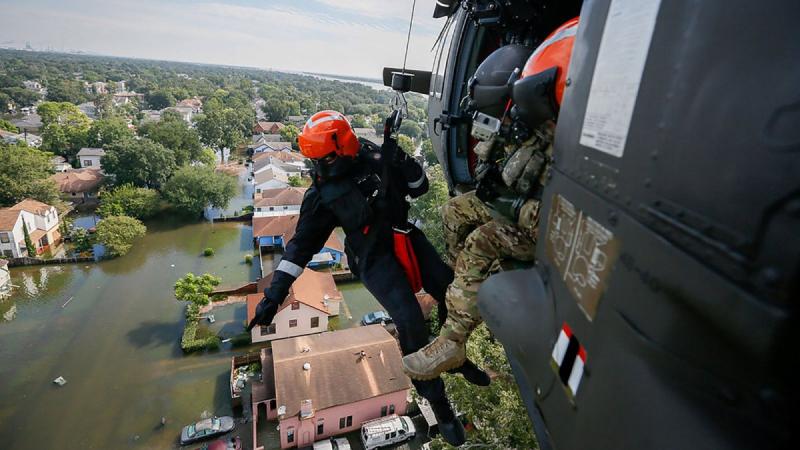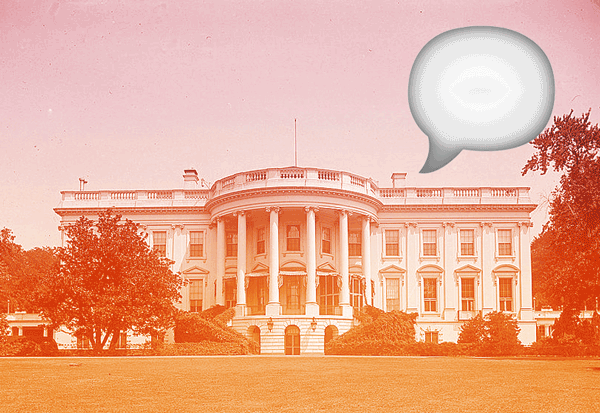
- #DRIVER POWER STATE FAILURE WINDOWS 10 NOT SAVING DUMP HOW TO#
- #DRIVER POWER STATE FAILURE WINDOWS 10 NOT SAVING DUMP DRIVERS#
- #DRIVER POWER STATE FAILURE WINDOWS 10 NOT SAVING DUMP UPDATE#
- #DRIVER POWER STATE FAILURE WINDOWS 10 NOT SAVING DUMP WINDOWS 10#
- #DRIVER POWER STATE FAILURE WINDOWS 10 NOT SAVING DUMP CODE#
mpack Site Moderator Posts: 36566 Joined: 4. Step 6: Expand PCI Express and Link State Power Management in the Power Options window, and change the Setting to Maximum power savings to continue. Then change the Setting to Maximum Performance. Step 5: In the pop-up window, expand Wireless Adapter Settings and Power Saving mode.
#DRIVER POWER STATE FAILURE WINDOWS 10 NOT SAVING DUMP UPDATE#
It might be worth trying the new VirtualBox 6.1.34 update that was released a couple of days ago. Step 4: Click Change advanced power settings. If you disabled the API then all that would happen is that you get a normal BSOD. But it just so happens that you running this guest with the Hyper-v support API enabled, so VirtualBox is being notified of the guest error through that API.
#DRIVER POWER STATE FAILURE WINDOWS 10 NOT SAVING DUMP DRIVERS#
Have you installed any device drivers in the VM? Was this always a VirtualBox VM?ītw to be clear: this problem is in the guest OS, basically the guest is BSOD-ing due to a driver crash. Looks like a device driver problem of some kind.
#DRIVER POWER STATE FAILURE WINDOWS 10 NOT SAVING DUMP WINDOWS 10#
To enable or disable Windows 10 from writing a System log event or automatically restarting the device upon crash with Command Prompt, use these steps: Command to enable or disable System log events and auto-restart Windows 10 also allows you to configure the settings for dump files and actions during system failures using commands, which you can run with Command Prompt or PowerShell. Also, remember to update the sound driver from the PC or device maker's Support Downloads webpage for your exact model, if it is newer than the one presently installed in Device Manager reached by right clicking the Start button.
#DRIVER POWER STATE FAILURE WINDOWS 10 NOT SAVING DUMP HOW TO#
How to change crash dump settings using Command Prompt If you change your mind, you can always revert the settings using the instructions outlined above and selecting the option that suits your situation. The crash is saved into the %SystemRoot%\Memory.dmp file by default.Īfter you complete the steps, the system will no longer create error files.

The data is saved into the %SystemRoot%\Memory.dmp file by default. In most cases, this is the recommended option since it does not take a lot of space and it includes most of the information involved in the crash. This error dump file is usually less than half of amount of the total physical memory. Kernel memory dump: This option records only the information allocated for the system kernel, hardware abstraction layer (HAL), kernel-mode drivers, and other kernel-mode programs.During a second error, the previous file won't be overwritten. Although this is an excellent option to save memory, it's limited since a lot of information that might help to find out the problem won't be included. The dump history is usually saved in the %SystemRoot%\Minidump folder.

#DRIVER POWER STATE FAILURE WINDOWS 10 NOT SAVING DUMP CODE#


 0 kommentar(er)
0 kommentar(er)
